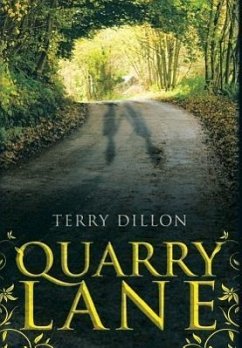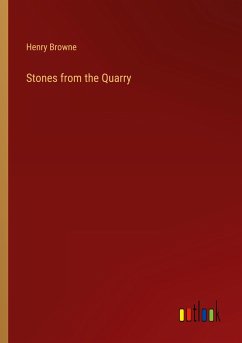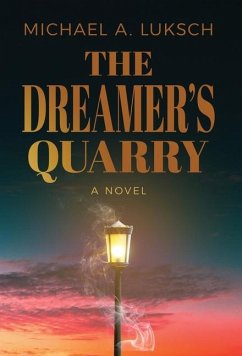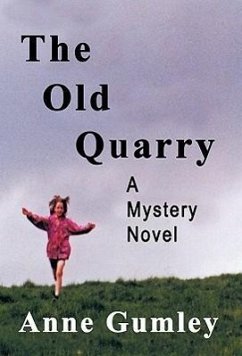
The Quarry
Versandkostenfrei!
Versandfertig in 1-2 Wochen
90,99 €
inkl. MwSt.
Weitere Ausgaben:

PAYBACK Punkte
45 °P sammeln!
Was Donald Glover really what he seemed--a handsome, dedicated, and clever African-American star of the Harlem Renaissance, whose looks made him the "quarry" of a variety of women? Or could the secrets of his birth change his destiny entirely? Focusing on the culture of Harlem in the 1920s, Charles Chesnutt's final novel dramatizes the political and aesthetic life of the exciting period we now know as the Harlem Renaissance. Mixing fact and fiction, and real and imagined characters, The Quarry is peopled with so many figures of the time--including Booker T. Washington, W. E. B. DuBois, and Mar...
Was Donald Glover really what he seemed--a handsome, dedicated, and clever African-American star of the Harlem Renaissance, whose looks made him the "quarry" of a variety of women? Or could the secrets of his birth change his destiny entirely? Focusing on the culture of Harlem in the 1920s, Charles Chesnutt's final novel dramatizes the political and aesthetic life of the exciting period we now know as the Harlem Renaissance. Mixing fact and fiction, and real and imagined characters, The Quarry is peopled with so many figures of the time--including Booker T. Washington, W. E. B. DuBois, and Marcus Garvey--that it constitutes a virtual guide to this inspiring period in American history. Protagonist Glover is a light-skinned man whose adoptive black parents are determined that he become a leader of the black people. Moving from Ohio to Tennessee, from rural Kentucky to Harlem, his story depicts not only his conflicted relationship to his heritage but also the situation of a variety of black people struggling to escape prejudice and to take advantage of new opportunities. Although he was the first African-American writer of fiction to gain acceptance by America's white literary establishment, Charles W. Chesnutt (1858-1932) has been eclipsed in popularity by other writers who later rose to prominence during the Harlem Renaissance. Recently, this pathbreaking American writer has been receiving an increasing amount of attention. Two of his novels, Paul Marchand, F.M.C. (completed in 1921) and The Quarry (completed in 1928), were considered too incendiary to be published during Chesnutt's lifetime. Their publication now provides us not only the opportunity to read these two books previously missing from Chesnutt's oeuvre but also the chance to appreciate better the intellectual progress of this literary pioneer. Chesnutt was the author of many other works, including The Conjure Woman & Other Conjure Tales, The House Behind the Cedars, The Marrow Tradition, and Mandy Oxendine. Princeton University Press recently published To Be an Author: Letters of Charles W. Chesnutt, 1889-1905 (edited by Joseph R. McElrath, Jr., and Robert C. Leitz, III). Originally published in 1999. The Princeton Legacy Library uses the latest print-on-demand technology to again make available previously out-of-print books from the distinguished backlist of Princeton University Press. These editions preserve the original texts of these important books while presenting them in durable paperback and hardcover editions. The goal of the Princeton Legacy Library is to vastly increase access to the rich scholarly heritage found in the thousands of books published by Princeton University Press since its founding in 1905.













